Want to find a free autoresponder that brings you great returns in your business?
Look no further!
In this post, I will show you 12 email autoresponder tools that make it easy to grow an email list and save you a huge chunk of time.
These tool descriptions are paired with original, useful reviews we sourced from industry experts — as you read them, consider their unique use cases to guide you in finding which best fits your business.
What is an Autoresponder Email?
An autoresponder is an email or a sequence of emails that you automatically send to specific groups of people. These emails are triggered by behavior-based events like opting in for a lead magnet, buying a product, or joining a webinar.
Most entrepreneurs, marketers, and freelancers like you start with free autoresponders in the early days of their businesses.
But awesome as they may be, these free tools come with a price. You can’t build advanced email drip campaigns, remove the tool’s logo, or create complex segmentations. There’s also a limit to the number of emails you can send.
That’s the problem with free autoresponders: You outgrow them.
There are no advanced “free forever” autoresponders, but there are free trials and basic plans you can take advantage of right now.
Let’s find out which tool works best for you.
1. Autopilot
Thanks to its highly praised visual builder, Autopilot makes it easy to see different branches of a customer journey at a glance.
Pros
Advanced custom-triggered events for onboarding like Time Triggers, LiveChat Tags, and Typeform Submitted. Note: Typeform and LiveChat are external tools that require integration.
Reece Lyons, CEO of SendPilot, uses Autopilot to run split tests for emails and automatically add new customers to Facebook ads lists based on behavior. In a post on the SaaS Growth Hacks group, he describes it as a “game changer.”
Cons
Lack of a landing page builder. If you don’t have a website and are looking to create a landing page directly via Autopilot to promote a lead magnet and plot subscribers in an automated email campaign, this could be a problem.
To overcome this, you will need to integrate third-party tools like Instapage or Unbounce.
Trial and Plans: 30-day free trial. Paid plans start at $49/ month.
2. ConvertKit
ConvertKit is an ideal match if you’re looking for a user-friendly email autoresponder that’s also powerful enough for technical marketers to use.
Pros
Attractive landing page builder, and a sequence builder that switches between emails in a campaign in a single window. It’s easy to review and edit the whole sequence all at once.
Pamela Wilson, Founder of BIG Brand System, is a big fan of this feature. When I emailed her, she said:
Cons
It’s tricky to add tags when personalizing emails — to do this, you need to be comfortable with changing the raw HTML of the email.
ConvertKit recently suffered a large drop in deliverability in EmailToolTester's latest testing. It scored 91.4% in July 2019 but as of February 2020, it dropped to 60% with a spam rate of 30.46%.[*]
Trial and Plans: 14-day free trial. There’s a free plan that offers unlimited landing pages and opt-in forms. However, to email subscribers, you have to either upgrade to a paid plan (from $29/month) or refer friends to unlock limited emailing for free.[*]
3. SendFox
Email autoresponders don’t have to be complicated — and SendFox (a sister brand of the Sumo Group) is living proof.
Pros
Simplicity. It’s extremely easy to create landing pages and emails and plot an automated email sequence. Newbie in email marketing? Require only basic automation? You can’t go wrong with SendFox.
This autoresponder tool also comes with attractive pricing (from $49 for lifetime) on AppSumo.
Ben Sim, a Senior Sales Copywriter at Mindvalley, wasn’t a fan of using his old email service provider for his personal blog. When I reached out to him on LinkedIn, he says it has too many steps to get his emails written and sent.
When he found out about SendFox, it was a no-brainer. He explains:
Chief Sumo Noah Kagan also uses SendFox for his podcast and personal blog, OkDork.
Here’s a look at his landing page:
Cons
Very basic triggers. There’s also a lack of time delays in minutes and seconds. If you want users to receive their lead magnet or welcome email immediately after subscribing to your list, this might be a challenge.
Removing the SendFox logo is also not an option.
On the plus side, SendFox is actively updating new capabilities based on demand of features. Fingers crossed this is in the works!
Trial and Plans: No trials. Plans start from $49 with lifetime access on AppSumo.
SendFox is part of the Sumo family.
4. ActiveCampaign
ActiveCampaign is one of the top three tools in the market in deliverability. Let’s see how it fares with the rest of its features.
Pros
Great email deliverability. As of February 2020 , ActiveCampaign scores 90.2% (with 74.78% of its messages landing in the main inbox). It’s also one of the few tools in the market that are the least likely to be flagged as spam (7.32%).[*]
ActiveCampaign is also jampacked with powerful features like advanced segmentation and dynamic content.
Cons
Like Autopilot, ActiveCampaign also lacks a landing page builder. To build landing pages, you need to use third-party tools like Instapage or LeadPages.
Trial and Plans: 14-day free trial. Paid plans start from $15/month. Free migration from another platform is also included.
5. Flodesk
This email autoresponder newcomer is a sight to behold. Beautiful and functional, Flodesk is slowly becoming a favorite among solo entrepreneurs.
Pros
Elegant premade templates, landing pages, and automated sequences that range from lead magnet delivery to sales.
There’s also an option to add a real-time Instagram feed at the bottom of your emails. No matter when you send these emails (or when your subscribers open them), your latest photos will always be reflected. If you want to boost brand identity through your automated email campaign, this is a huge plus.
Sara McCord, Founder of Sara McCord Communications, is a fan of Flodesk — and so are her subscribers. When I emailed her, she said:
Cons
Since Flodesk is in beta, it lacks sophisticated features like in-depth analytics, subscriber details, and A/B testing.
Trial and Plans: 30-day free trial. Paid plans are $38/month. What makes Flodesk’s pricing different is that it has only one paid plan and it offers unlimited subscribers.
6. EmailOctopus
EmailOctopus is one of the most affordable tools in the market — a few clicks on this free autoresponder’s customized calculator shows how much you can save when you switch:[*]
Pros
Great email deliverability. When I contacted Steve Toth, the SEO Manager at FreshBooks and Founder of SEO Notebook, he wrote:
Cons
Lack of list segmentation and A/B testing. For companies that want to send highly personalized and behavior-based emails, this could be a problem. Fortunately, these features could be in the works.
EmailOctopus also doesn’t offer a landing page builder. You can only build it using external tools like OptIn Ninja.
Trial and Plans: No free trials but EmailOctopus has a free starter plan for 2,500 subscribers. Monthly aid plans start from $20 and $19 for Amazon SES users.
7. MailChimp
Love it, hate it, MailChimp is here to stay. The email service provider turned all-in-one marketing platform is ideal for small businesses and solopreneurs that require a wider range of integration.
Pros
Impressive integration — MailChimp’s integration directory shows over 200 tools. It’s also really easy to create automated emails, whether it’s reaching out to a subscriber on their birthday or promoting a new product.[*]
Kaleigh Moore agrees. The freelance writer has written for major SaaS and ecommerce brands like BigCommerce, ReCharge Payments, and HubSpot.
It’s clear Kaleigh plans to use MailChimp in the long run. When I reached out to her on Slack, she said:
MailChimp also offers a landing page builder.
Cons
Unable to send to multiple lists all at once. You have to duplicate the email and select a new list to send it. This runs the risk of emailing a subscriber more than once.
Deliverability may also be an issue. According to EmailToolTester, MailChimp has an “okay” rate of 81.6%.[*]
Trial and Plans: No trials. Free plans for 2,000 subscribers. Paid plans start from $9.99/month.
8. FAM
FAM (built by the team behind Sumo) is unlike any other email autoresponder — it’s built exclusively for Shopify stores and it creates emails for you.
Pros
Takes care of EVERYTHING, from writing and designing emails to plotting them in a sequence. FAM does this by pulling data from your Shopify store and Instagram account to create emails that are unique to you.
It covers months to years of emails — all you have to do is select the schedule and email type (e.g., Product, Promo, Welcome). FAM also picks the most effective subject lines, images, and layouts.
FAM may not be a fit if you want full direct control over the nitty gritties, but it’s worth looking into if you want a 100% hands-off approach in your email marketing.
This level of hands-off automation pays off. Nick Bare, founder of Bare Performance Nutrition, made $18,022 in revenue in just the first 30 days of using FAM.
Cons
Custom-built for Shopify stores only. If you’re not in ecommerce or your store is hosted on platforms like Magento and WooCommerce, FAM is not for you.
There’s also a lack of subscriber management and email analytics options. Email triggers and events are limited too (e.g., unable to send abandoned cart emails).
Fortunately, FAM is a new tool and the team is updating it with features regularly.
Trial and Plans: No trials. FAM is free to install with a 5% fee on revenue generated from emails sent by FAM.
FAM is part of the Sumo family.
9. Klaviyo
Klaviyo is one of the favorites in the ecommerce world, and it’s no surprise. This free autoresponder reportedly won over 6,000 users from a competitor. Since switching to Klaviyo, these users saw an average increase of 46% in total store revenue in the year after they switched.[*]
Pros
Klaviyo’s smart sending feature limits the number of messages a subscriber can receive. Statistic: 19% of recipients surveyed reported receiving too many emails from a company is one of the reasons they unsubscribe from emails.[*] This is a handy feature of Klaviyo, especially for users with many active automated flows and campaigns.
Advanced segmentation is also another one of Klaviyo’s strengths. Thanks to its predictive analytics, you can predict a customer’s gender, next purchase date, and probability of churn.
Cons
Highly advanced variables that may overwhelm beginners. Klaviyo’s support is reportedly on the slow side, so it’s best suited for ecommerce stores that have the technical expertise to set up and maintain their own emails.
Klaviyo also doesn’t offer landing pages. Fortunately, there are third-party integrations available to address this.
Another downside of this free autoresponder tool is its test emails — it doesn’t indicate it’s a test in the subject line which may result in confusion.
Trial and Plans: No trials. Free plans for 250 contacts. Paid plans start from $20/month.
10. HubSpot Marketing Professional
Possibly the biggest player in the world of marketing, HubSpot is one of the best options for small businesses looking to grow through inbound marketing with the use of a fully integrated platform.
Pros
Highly intuitive automated workflow builder.
There’s also the option to review the workflows in-depth before making them live. Considering the complex nature of setting up automated emails, this small touch gives users a peace of mind.
Austin Truitt, a digital marketing coordinator at TUSK Partners, credits HubSpot’s intuitive workflow automation as the reason behind their 15% conversion rate. When I asked what he likes best, he wrote back:
He continues:
Hubspot Marketing Professional also offers landing pages. Note that smaller plans come with limited features.
Cons
For a marketing automation platform, HubSpot has limited analytics. It doesn’t give a full picture at a larger scale. If you want to know a visitor’s specific behavior (e.g., how a mobile user behaves vs. a desktop user), you have to turn to Google Analytics for these deeper queries.
Trial and Plans: 14-day free trial for Marketing Professional. Smaller paid plans start from $50/month.[*]
11. SendGrid
Sleek and polished, SendGrid is a popular choice among users who want to send promotional and transactional emails on one platform.
Pros
SendGrid’s email reputation bar. Based on email sends (e.g., bounced emails, emails marked as spam), this bar tells you when your reputation takes a hit at a single glance.
Another winning feature: Unsubscribe Groups. With this, you create an unsubscribe group and offers users the chance to unsubscribe from a certain type of mailing rather than all emails.
Bigyan Ghimire, a founder of various SaaS tools like Interest Hound and ReceiveCo, recommends SendGrid for its easy integration and stellar documentation:
In another post on the SaaS Growth Hacks group, he recommends SendGrid for its speed:[*]
Cons
Resending emails is a hassle, as a bounced message cannot be resent automatically. You have to remove the email from the Suppression list and recreate it to resend it.
The free autoresponder tool also lacks advanced email automation. It’s impossible to send emails triggered by a specific event (e.g., browsing behavior).
Building landing pages on SendGrid also requires extra steps. You can only do this with third-party integration tools.
Trial and Plans: No trials. Free plans for 2,000 contacts. Paid plans start from $15/month. Taxes and overages may apply.
12. MooSend
This quirky email autoresponder (just look at the interface) is slowly becoming a favorite in the email marketing world. Let’s see how MooSend fares:
Pros
Email automation builder with prebuilt newsletters, templates, and workflows. This free autoresponder spots an impressive collection: onboarding, loyalty, abandoned carts, and even weather-based upsell/cross sell/reengagement.
MooSend’s unique feature is its weather-based condition filter. Though this feature might come across as too niche, it could be ideal for stores with product sales that depend on the weather. Think: selling ice cream in summer or selling umbrellas on a rainy day.
MooSend also offers a flexible landing page builder.
Cons
Data mapping in MooSend requires additional steps, which affects user experience. Instead of editing the column names in the “Map to…” dropdown menu directly, you have to switch tabs to Custom Fields and edit from there.
Trial and Plans: No trials. Free plan for 1,000 subscribers. Paid plans start from $10/month.
Focus on Marketing ROI as You Search For The Best Email Autoresponder For Your Business
The BEST autoresponders are not free.
Instead of searching for free tools, focus on marketing ROI. What you need is a tool that brings you ROI, not a free tool with limitations that hinder your business’ growth.
Ready to nurture leads and grow your business?
I’ve summarized the best use cases for these 12 email autoresponders mentioned above.
Use it to find your ideal tool and take your business to new heights!
Autopilot. Best for B2Bs that send highly personalized emails as part of onboarding and want continued engagement in other marketing channels.
ConvertKit. Best for technically-minded content creators looking for a user-friendly interface.
SendFox. Best for content creators like bloggers, podcasters, vloggers who want to create simple automated emails fast.
ActiveCampaign. Best for B2Bs that require powerful features like advanced segmentation, dynamic content, and great deliverability.
Flodesk. Best for solopreneurs who want to stand out with well-designed emails but have little time or limited design skills to create them.
EmailOctopus. Best for content creators who send general emails (e.g., newsletters) with little need for personalization.
MailChimp. Best for small businesses and solopreneurs who are looking for a wider range of integrations in an all-in-one marketing platform.
FAM. Best for Shopify stores owners who want to get 100% hands-off email marketing.
Klaviyo. Best for ecommerce stores that require advanced features and with the technical expertise to maintain their own emails.
HubSpot Marketing Professional. Best for B2Bs that need an integrated sales and marketing platform.
SendGrid. Best for B2Cs that want to send promotional and transactional emails on one platform.
MooSend. Best for ecommerce stores that sell weather-sensitive products.
Which of these email autoresponders will you try today?


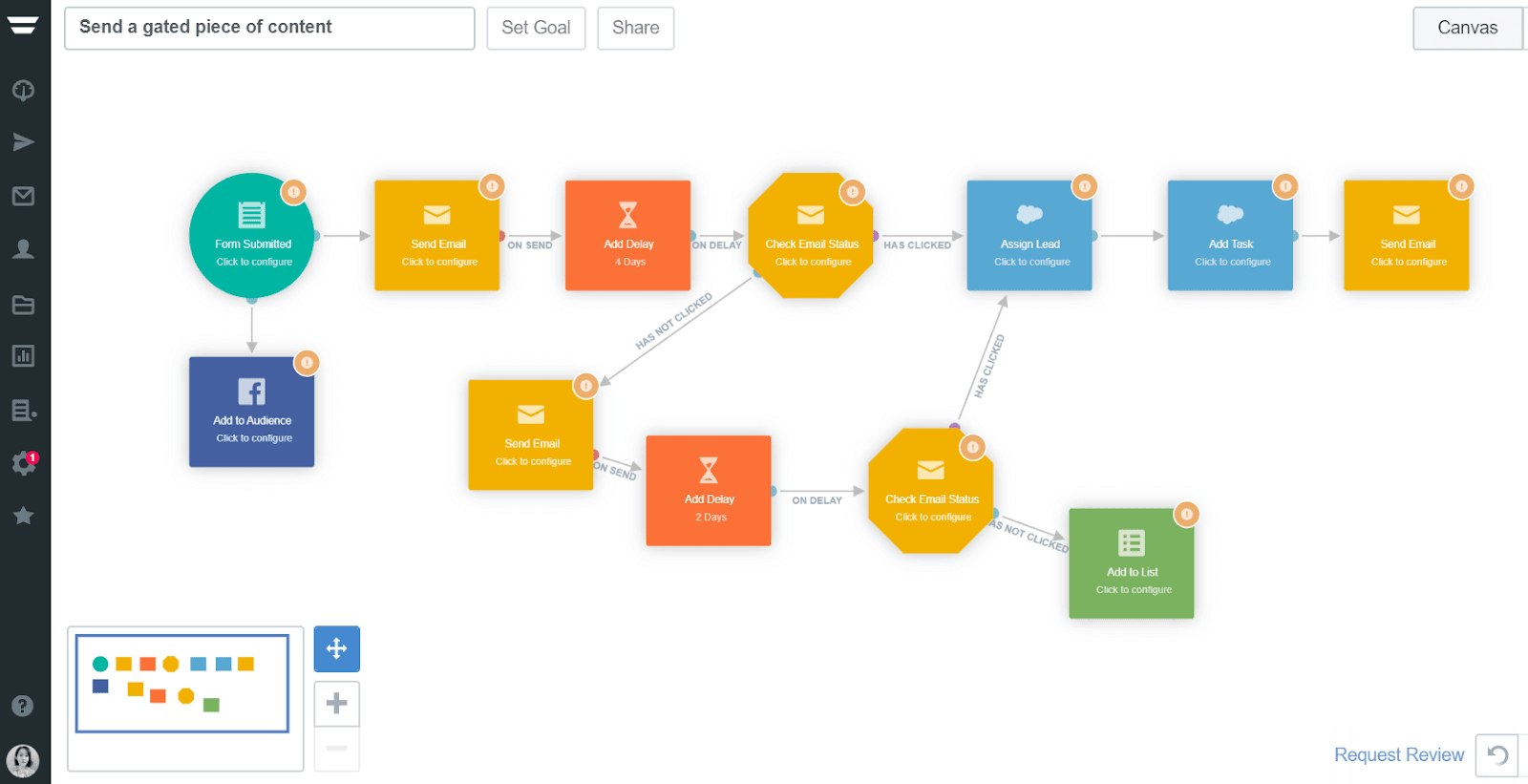
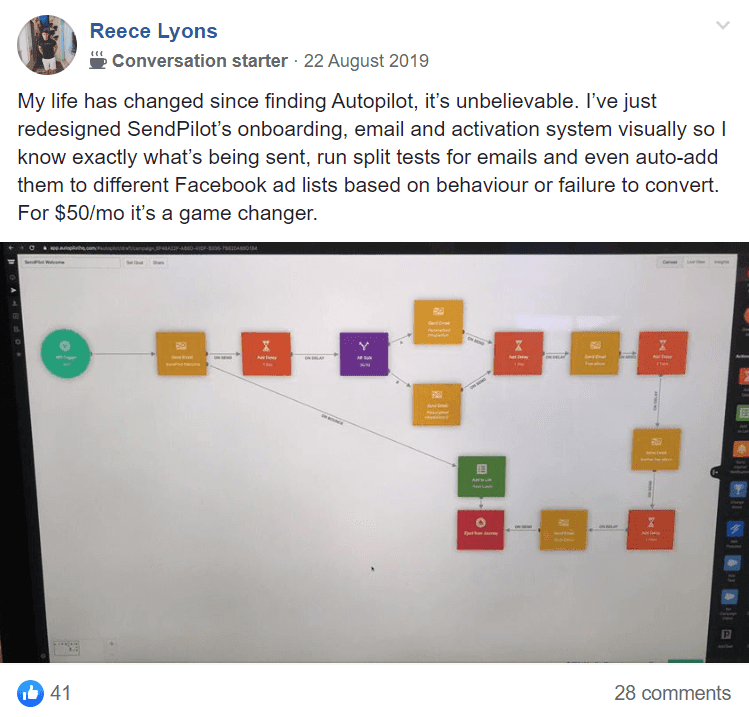
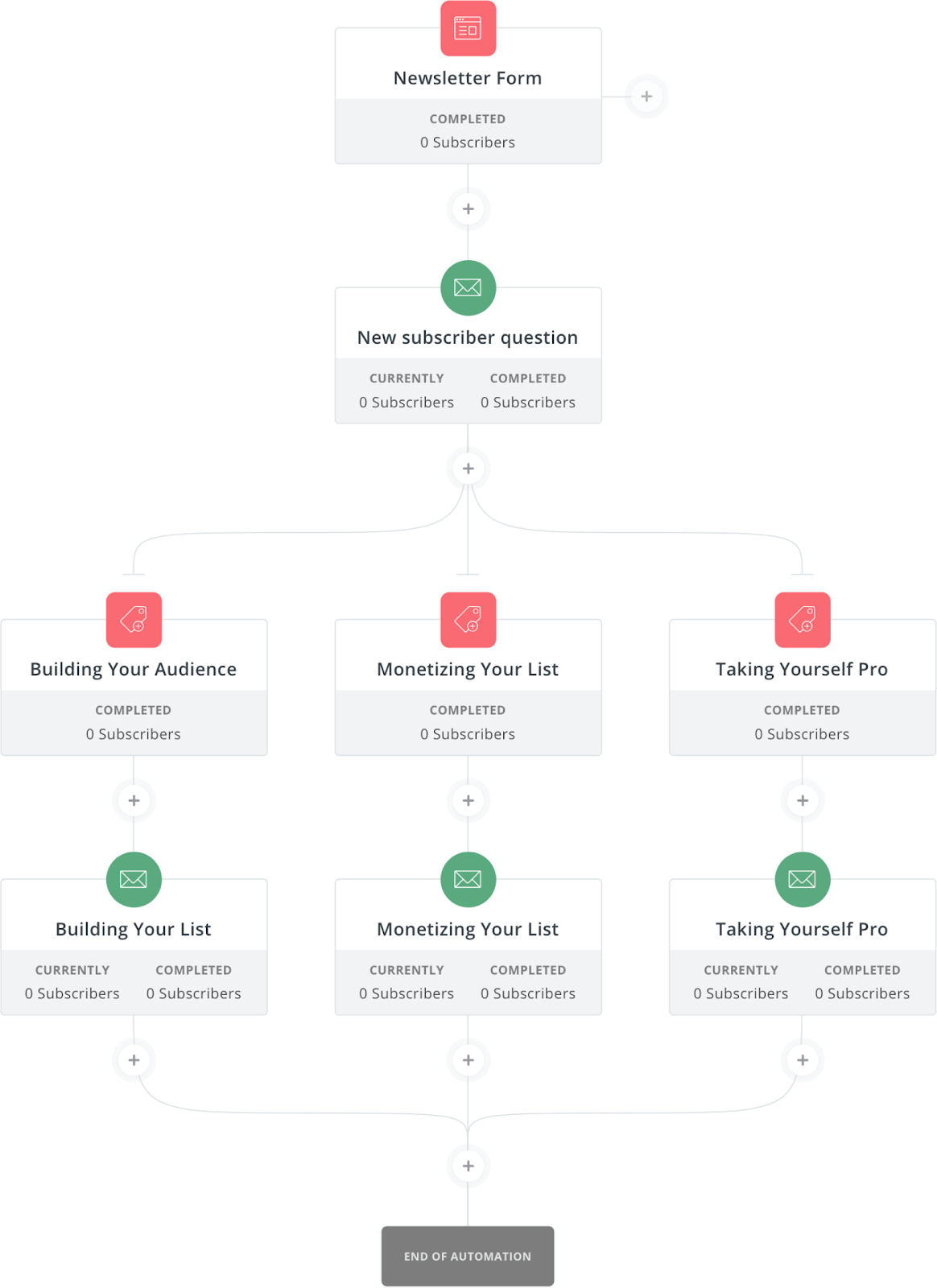
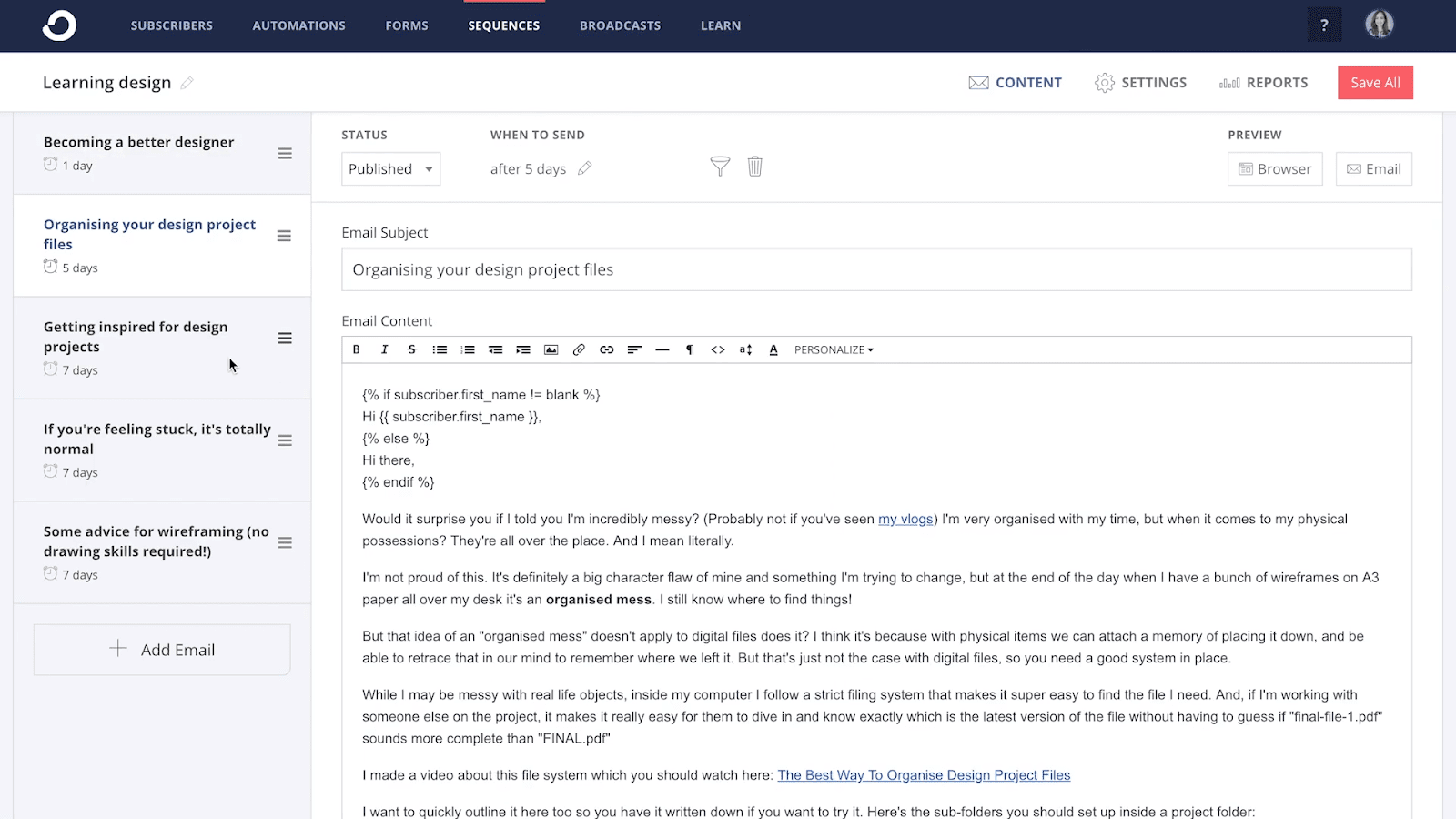

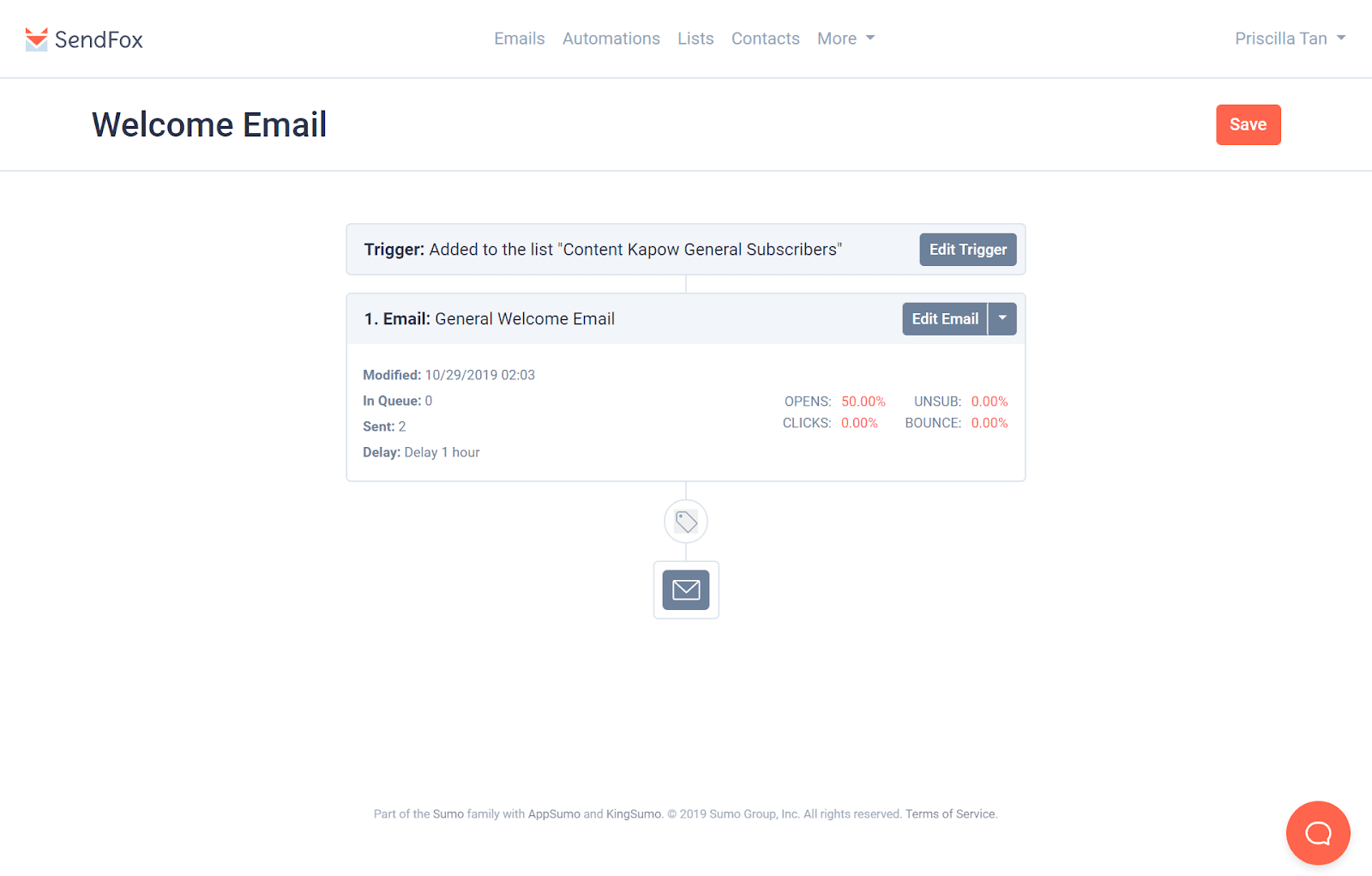
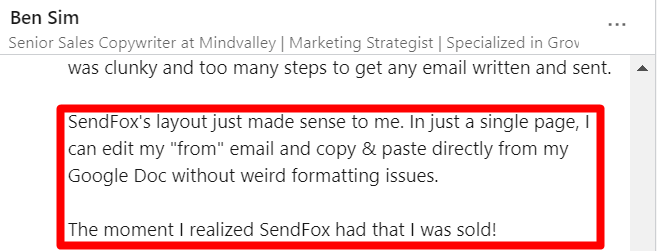
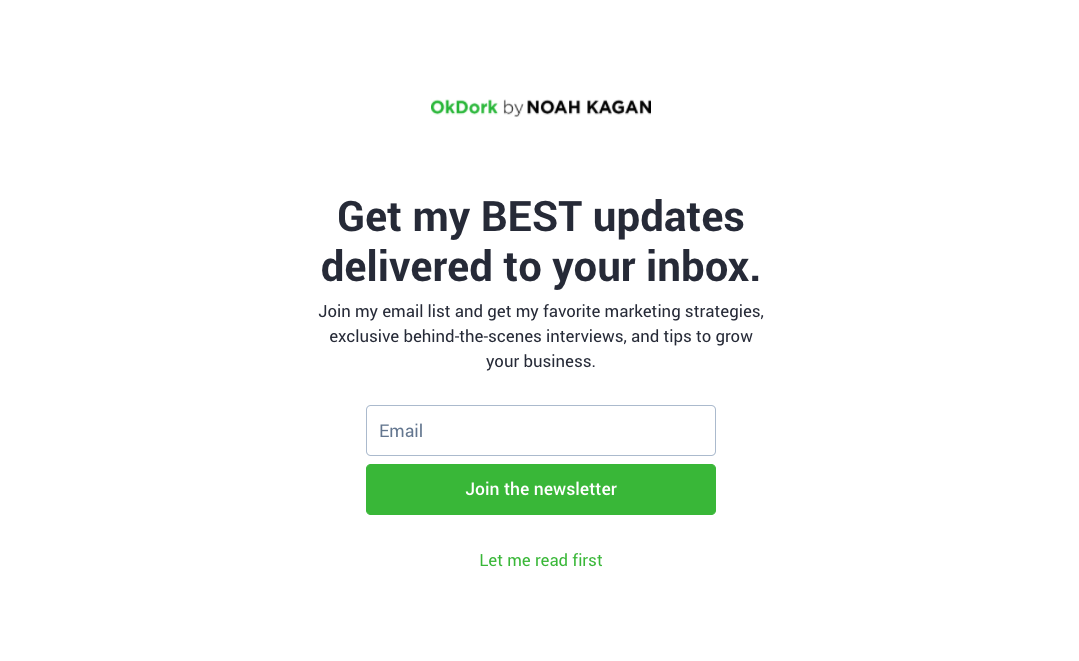
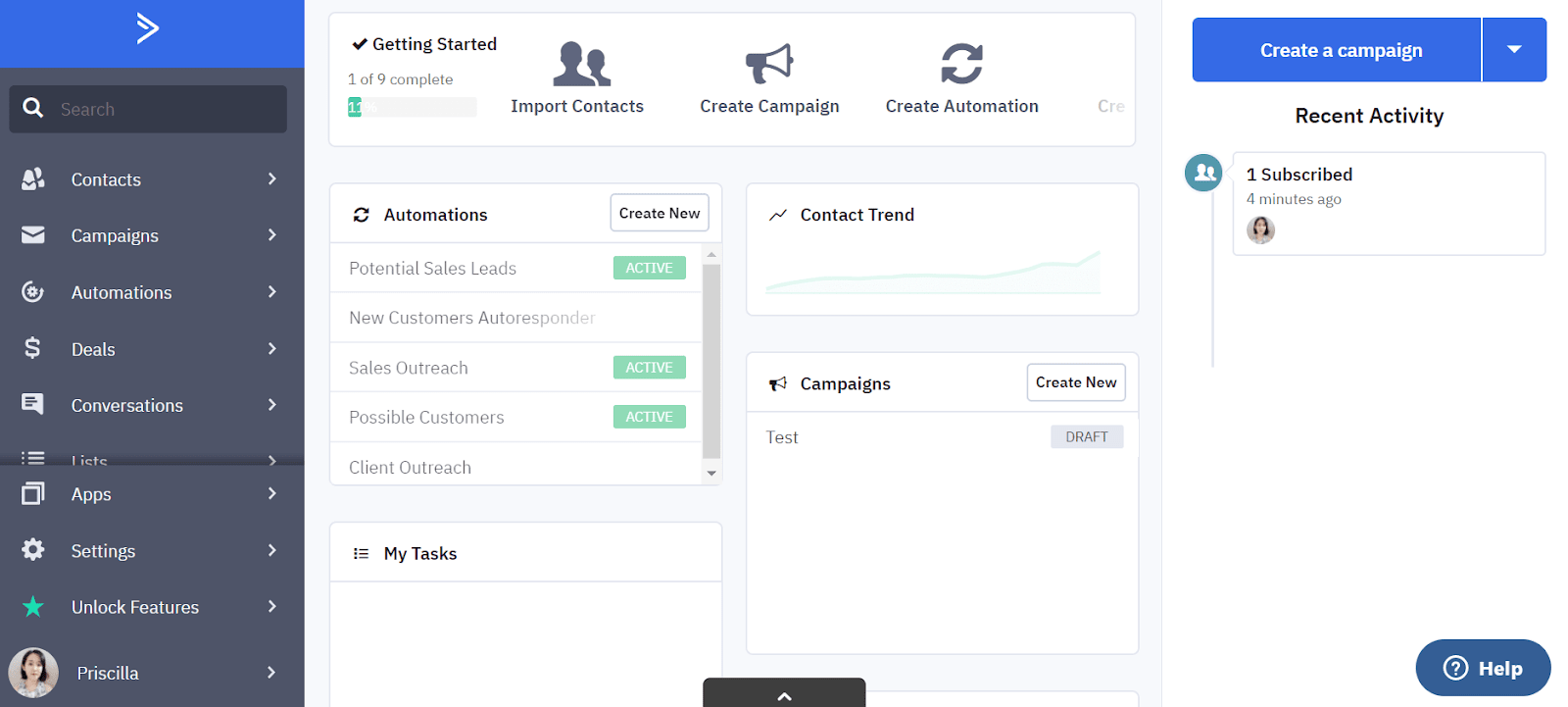
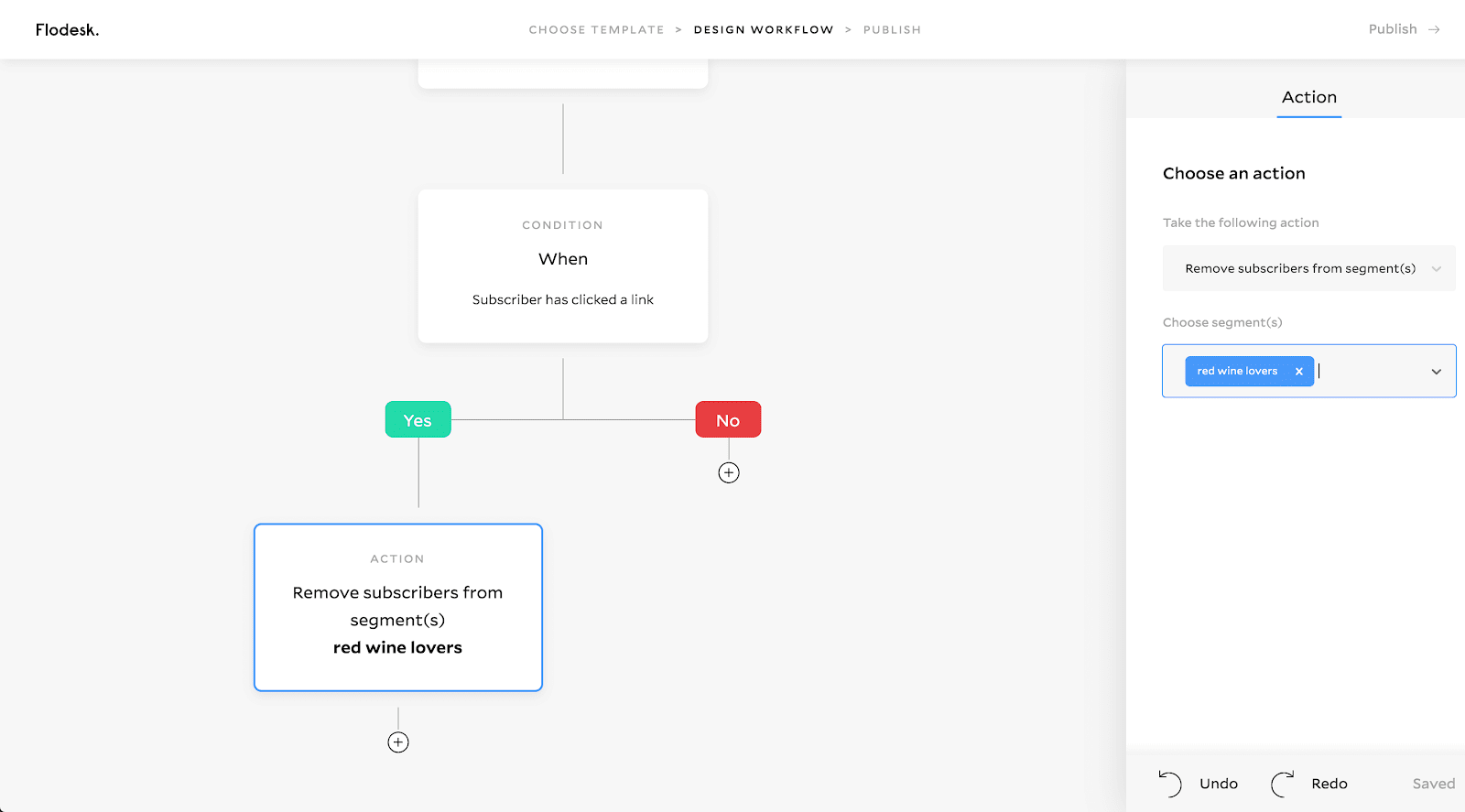

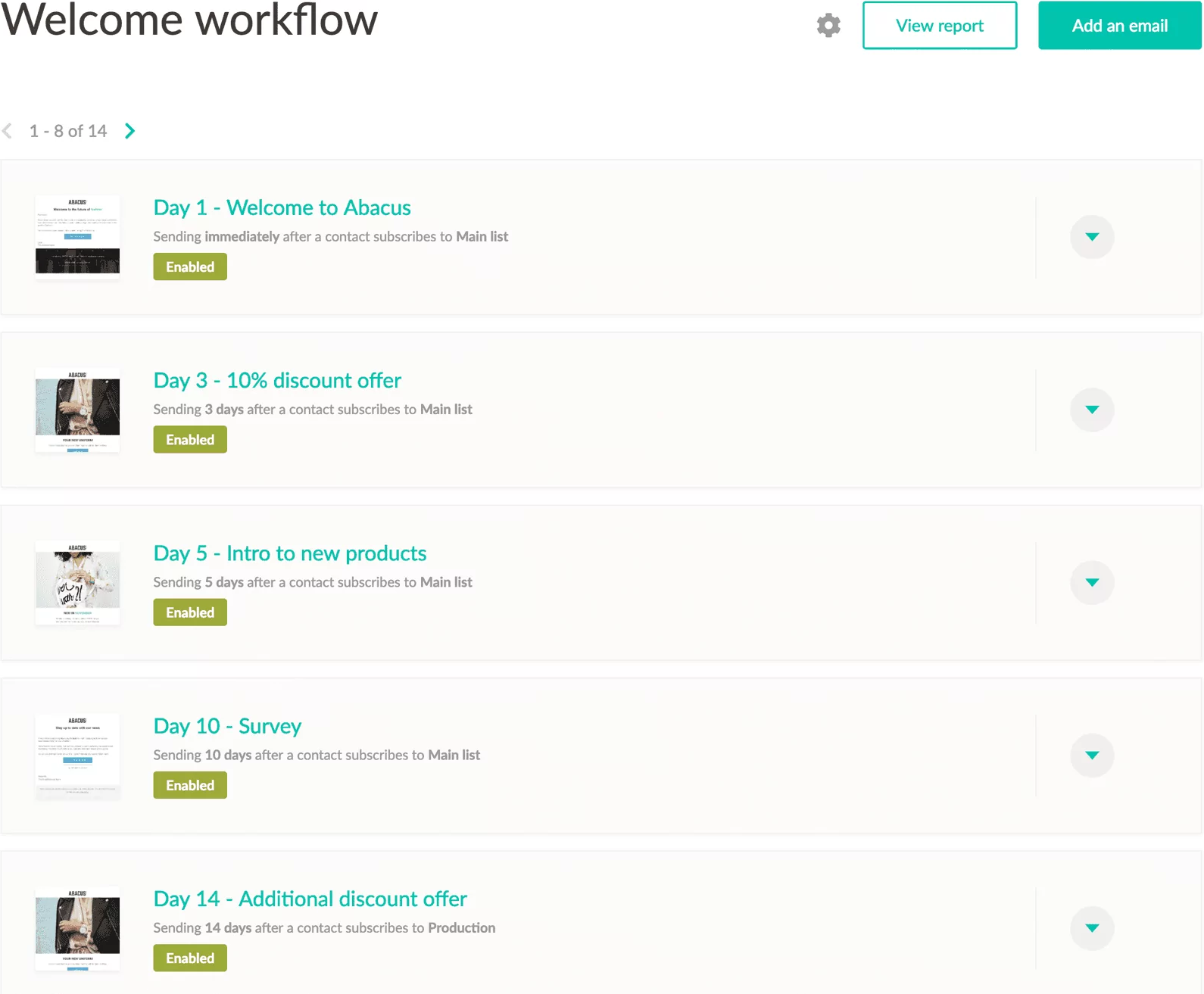
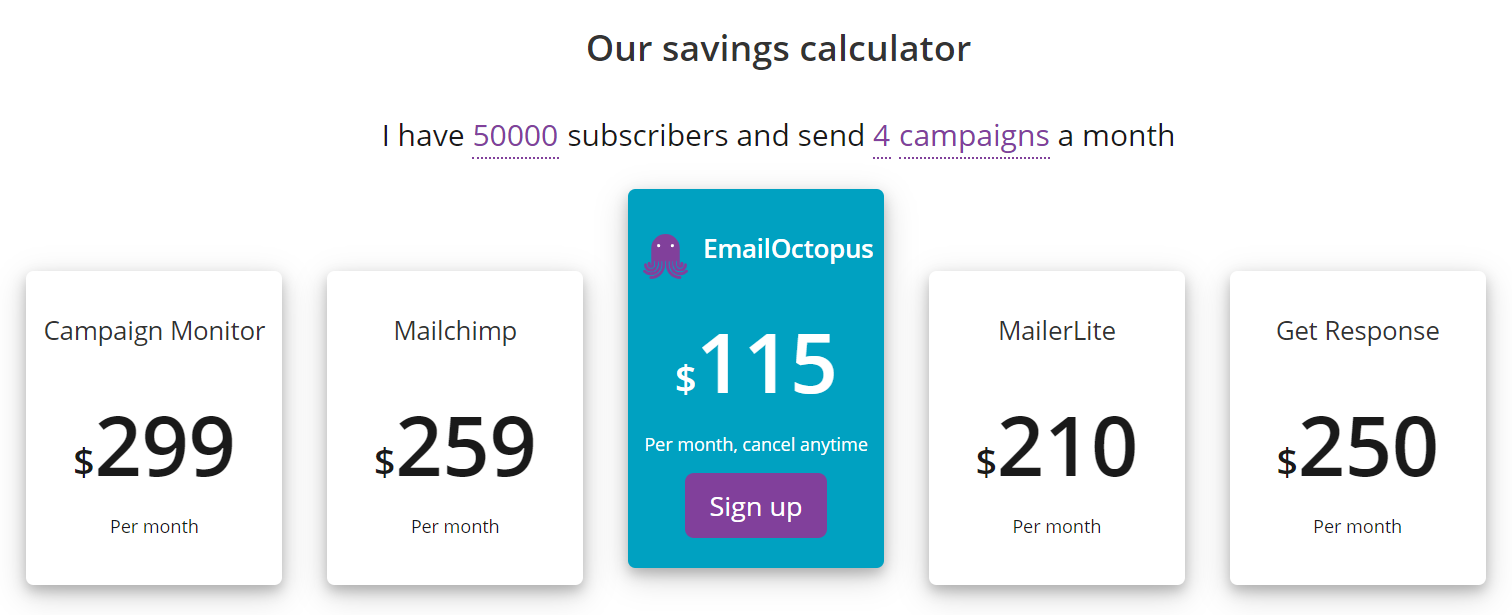

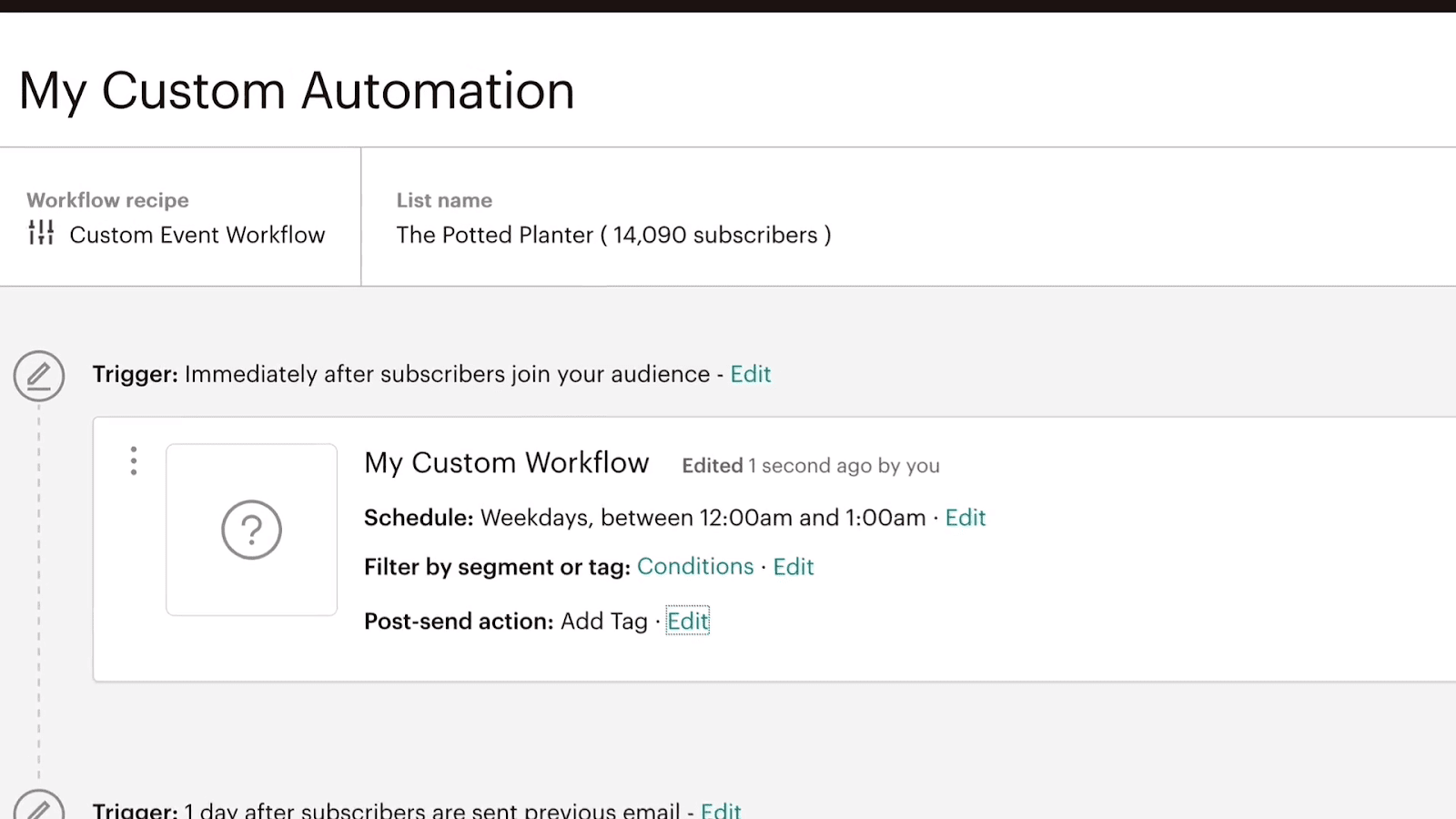


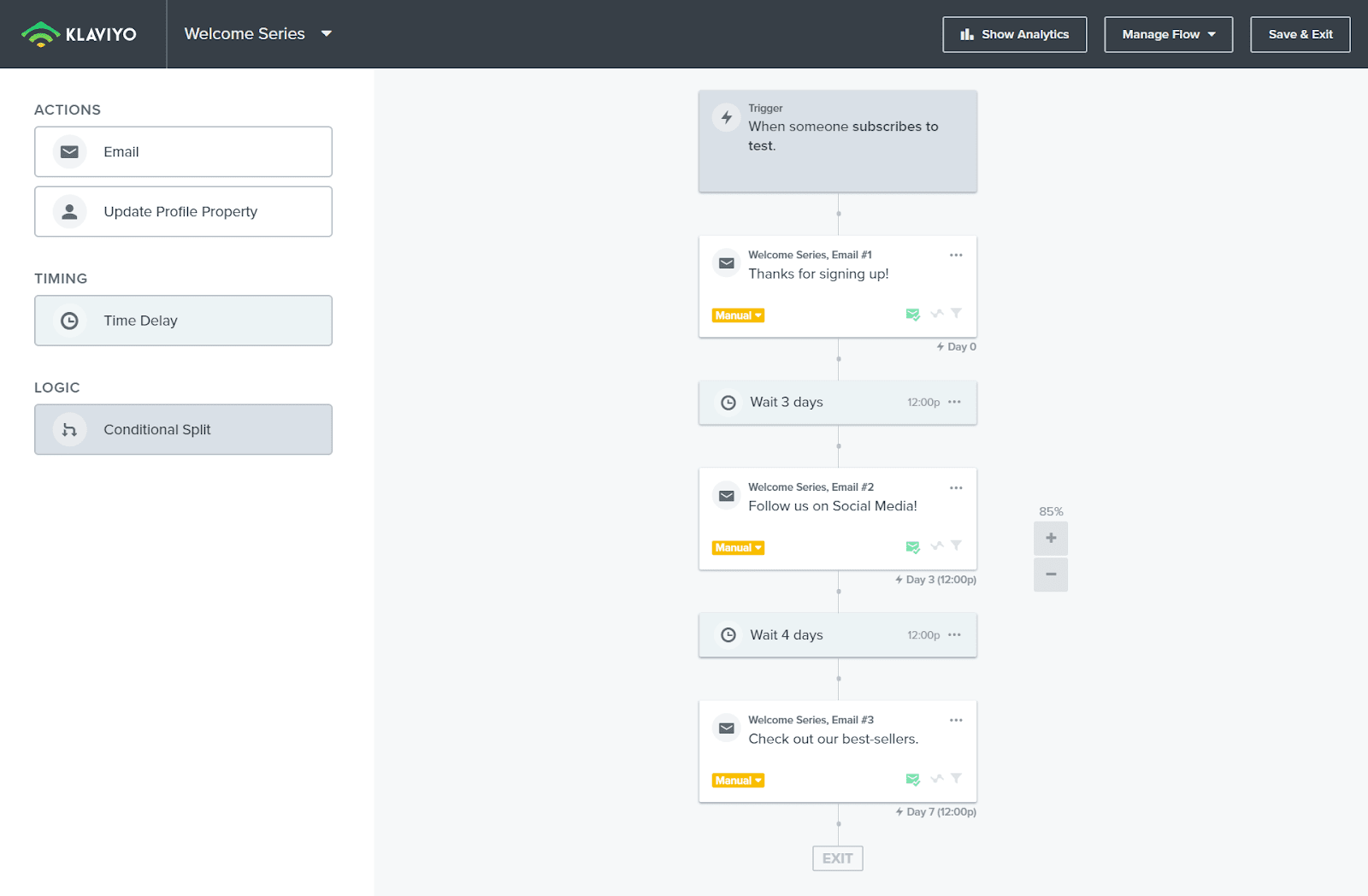
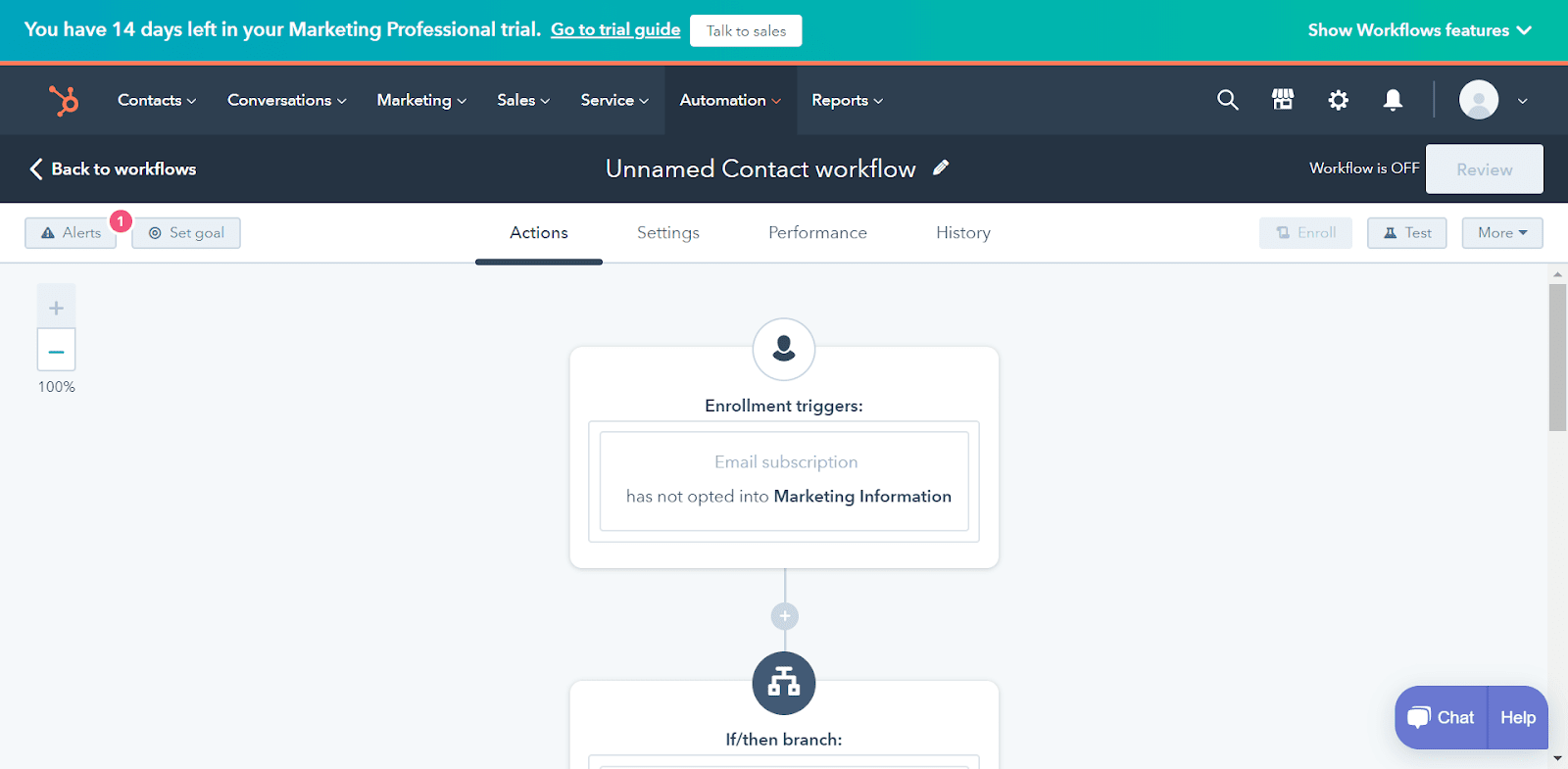



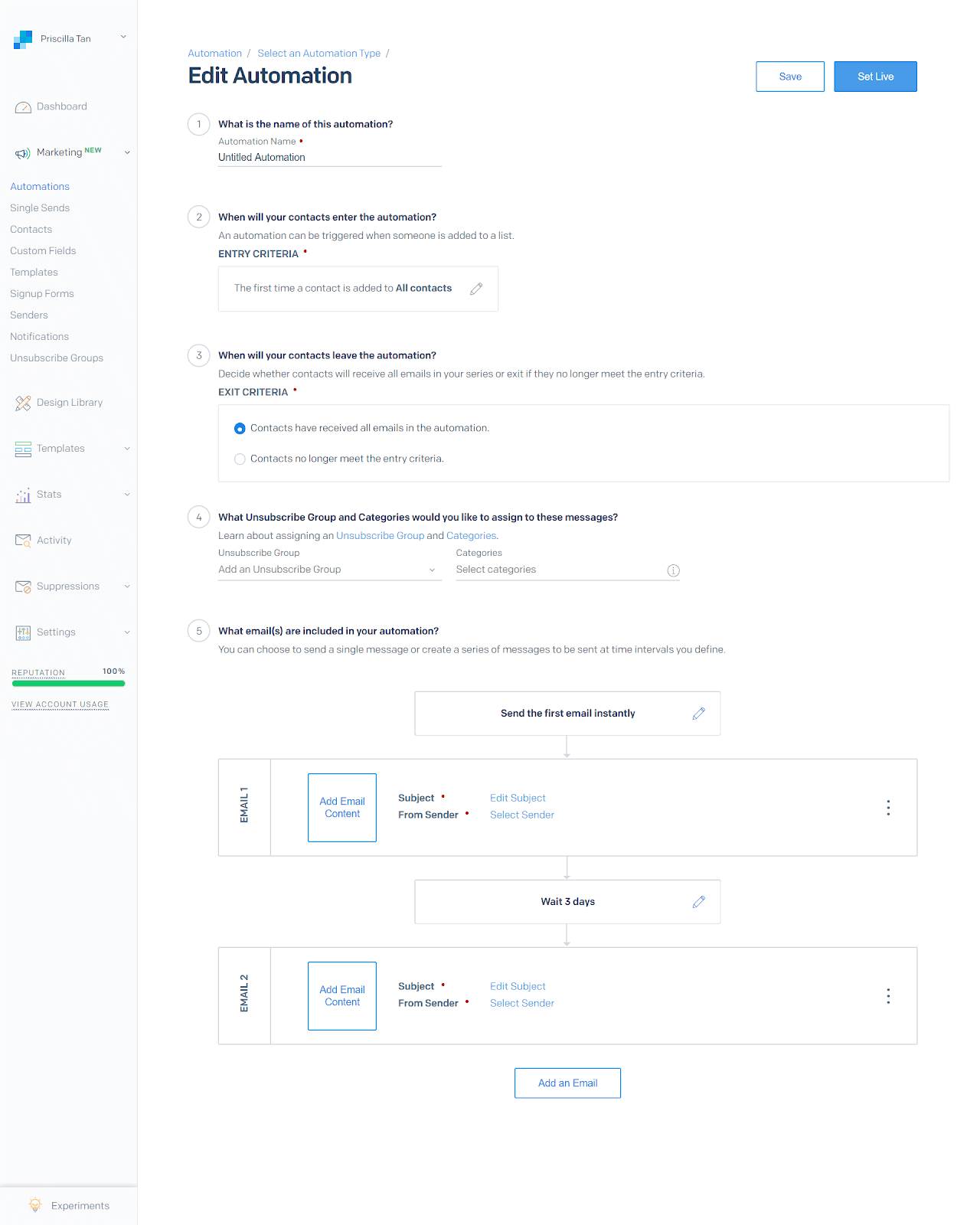
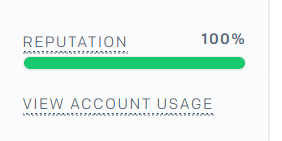

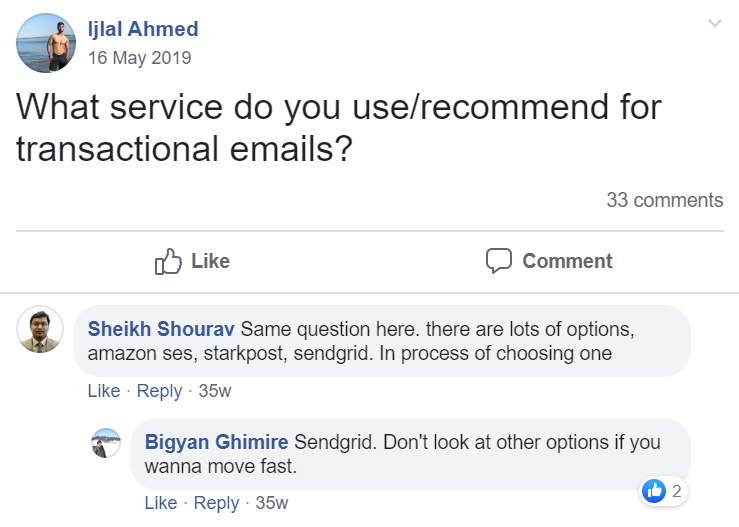

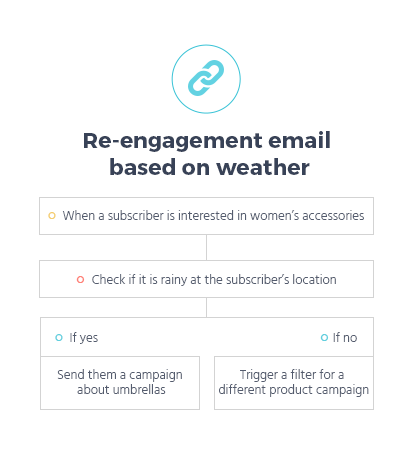
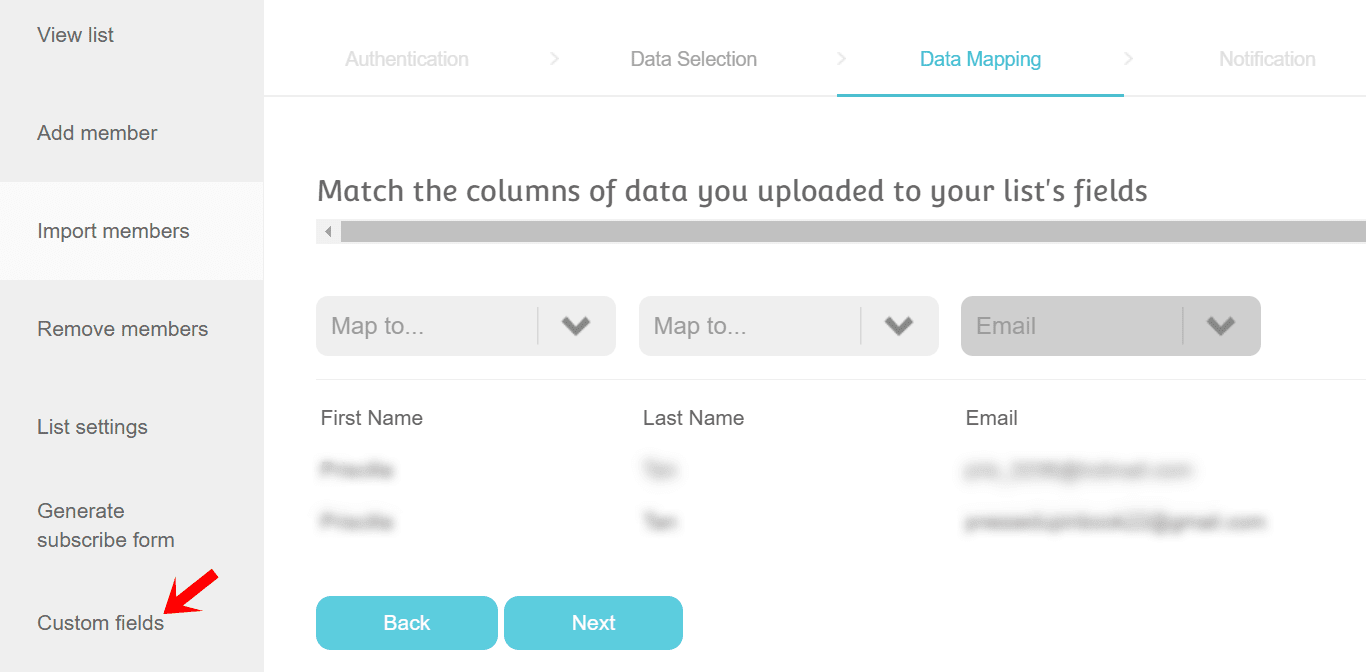
Comments